These commentaries were originally published by The National Interest.
President Trump and North Korean Leader Kim Jong-un plan to meet for the second time in late February, in Vietnam. What are the key considerations going into the meeting? What might come of it? Three Brookings experts weigh in.
Michael O’Hanlon (@MichaelEOHanlon), Senior Fellow, Center on 21st Century Security and Intelligence: In his upcoming, second summit with North Korean leader Kim Jong-un, President Donald Trump should get pragmatic. He should do a deal that eliminates North Korea’s ability to produce more bombs, as well as longer-range missiles, in exchange for a partial lifting of sanctions. Trump should not worry about the prompt elimination of existing North Korean nuclear bombs, which Pyongyang will almost surely not be game to bargain away at this juncture.
We are at a fraught moment and the opportunity for diplomacy may be shrinking away. Trump’s brinkmanship approach to North Korea in 2017 seemed haphazard, impetuous, and downright dangerous at times. But on balance—and although there is a long way to go—I am supportive of what Trump seems to be trying to achieve in his administration’s dealings with Kim since then. The combination of sanctions, the hint of a possibility of U.S. military action (however unwise), and positive diplomacy has created the possibility of progress. A combination of fear and pain, combined with hope for a better future, may be just the right juxtaposition of sentiments to have instilled in Kim’s mind. Whether through design or chance, or a bit of both, Trump managed to achieve this mix by 2018.
In a fair reckoning, I would give Trump some credit. It is hardly time to celebrate in the endzone, and Trump could still very easily fumble the football. But after inheriting a Korea policy that had failed badly under his predecessors, Trump has us within possible striking distance of a touchdown—or at least a field goal, in the form of lifting some UN sanctions in exchange for a complete and verifiable dismantling of Pyongyang’s capacity to build more bombs.
Recognizing the risks, I think it’s not a bad overall approach to give North Korea a stake in better relations with the United States, while at the same time keeping economic pressure and military deterrence robust. And Trump’s instinct to aim for a fundamentally transformative relationship with North Korea is actually more inspired and promising, to my mind, than the incrementalism that we’ve generally adopted for the last quarter-century.
But this only works if we are pragmatic now. Otherwise, it will soon become apparent that there is no deal in the offing and no prospect that one will emerge. If Pyongyang is fundamentally unwilling to give up what it sees as its main deterrent now, and Washington will only settle for a “Libya model” of complete and prompt denuclearization, we are at an impasse—and indeed, the dangers of 2017 could quickly return. The risks of a severe split in the U.S.-ROK alliance could also grow.
Capping the North Korean nuclear arsenal in exchange, say, for a suspension then lifting of UN sanctions imposed since roughly 2016 (but while keeping earlier sanctions, and U.S. sanctions, in place until the day when we might actually see complete denuclearization) could give North Korea enough incentive to give up its future production capabilities while limiting the threat it can pose in the future. Permanent test and flight bans, and perhaps the elimination of its chemical arsenal, should be part of such a deal too.
Hardliners might object to such a deal, but it is the best outcome we can realistically aspire too—and it would improve American and regional security substantially.
Jung H. Pak (@junghpak1) Senior Fellow, Center for East Asia Policy Studies: There are signs that the Trump administration took away some lessons learned since Singapore to use the carrot of a second summit as leverage.
The administration is trying to make Special Representative Steve Biegun a central actor in nuclear negotiations, suggesting that the administration is seeking to empower him and bureaucratize the negotiation process. He met North Korea’s chief negotiator Kim Yong Chol at the airport in Washington, attended the Oval Office meeting with Kim and his delegation and a lunch, and later traveled to Stockholm for separate talks with North Korean officials—all opportunities for face time with North Korean interlocutors. He also delivered a comprehensive speech at Stanford University, articulating Washington’s expectations for North Korea—a full accounting of the nuclear and missile programs, “access and monitoring mechanisms of key sites,” and the “removal and destruction of stockpiles of fissile materials, weapons, missiles, launchers, and other weapons of mass destruction.” And as President Trump was delivering his State of the Union address, Biegun was in Pyongyang to discuss the summit agenda and hopefully, an agreement on a roadmap for denuclearization.
Yet there are still huge gaps between the U.S. and North Korean positions. Biegun’s address acknowledged that Kim Jong-un has not followed through on “significant and verifiable progress on denuclearization”; Kim has been insisting on corresponding U.S. measures before he would undertake such moves. Biegun also stated that the two sides have yet to agree on a “specific and agreed definition of…final, fully verified denuclearization,” laying bare the hollowness of the President’s triumphant declaration post-Singapore that “There is no longer a Nuclear Threat from North Korea. ”
Despite the challenges, Biegun underscored Trump’s desire to show his virtuous intentions for the future of the bilateral relationship, claiming, “President Trump is ready to end this war. It is over. It is done. We are not going to invade North Korea.” This suggests that Trump is willing to declare an end to the Korean War—as he mentioned in Singapore and in the State of the Union address when he hinted at “our historic push for peace on the Korean Peninsula.” Such a dramatic declaration probably will dominate the headlines, adding to the theater of a summit, while distracting from the tough issue of denuclearization and eroding the justification for U.S. troop presence in South Korea, even as the North Korean threat remains.
The United States still has room to maneuver, retaining the prerogative to postpone the summit. As President Trump admitted in his address, “Much work remains to be done.” And North Korea’s receptiveness—or intransigence—in working-level talks will be clear indications of Kim’s sincerity and his perception of the Trump administration’s message discipline and U.S. credibility.
Evans J.R. Revere, Senior Fellow, Center for East Asia Policy Studies: A suggestion for those who believe the next summit between President Trump and Kim Jong-un will move us closer to the end of North Korea’s nuclear weapons program: Lower your expectations.
If we have learned nothing else from decades of diplomacy with Pyongyang and from Kim’s 2018 directive to “mass produce” nuclear weapons and missiles, it is that Pyongyang intends to keep its nuclear weapons and ballistic missiles.
And here is the dark secret you need to know about the diplomacy aimed at convincing Kim to denuclearize: the United States, South Korea, China, and Russia, each for its own reasons, are moving towards accepting the fact that they will probably have to learn to live with a nuclear-armed North Korea.
President Trump has praised the DPRK’s suspension of nuclear and missile tests, declared the end of its nuclear threat, removed the timeline for denuclearization, and said Washington is “in no hurry” to end the North’s nuclear program—even as his intelligence agencies reveal that the North’s nuclear and missile threats are growing.
Secretary of State Pompeo recently shifted the focus of U.S. summit diplomacy to reducing the “risk” to the American people. This suggests Washington is setting its sights on eliminating Pyongyang’s missile threat to the American homeland, but not to our Asian allies and our overseas bases. This gives perverse new meaning to “America first.” It may also reflect Washington’s realization that its earlier, more ambitious denuclearization goals cannot be attained.
Meanwhile, Seoul is prioritizing reconciliation over denuclearization. Beijing and Moscow appear content with Pyongyang’s nuclear-armed status quo as long as North Korea is not testing. And South Korea, Beijing, and Moscow are urging the easing of sanctions and pressure on Pyongyang.
Kim Jong-un knows all this. Convinced he can keep his nukes and enjoy better relations with Washington and Seoul, he knows that the best way to do so is to hold out the possibility of denuclearization, even as he strengthens his arsenal. For Kim, the goal is to create the illusion of denuclearization. And Kim also knows that all the nuclear and missile measures he has taken or might propose at the summit are easily reversible.
So at a second Trump-Kim summit, expect Kim to offer “concessions” that support that illusion, but that do nothing to actually end his nuclear weapons program. Expect a politically embattled American president, eager for a win, to agree.
The Brookings Institution is committed to quality, independence, and impact.
We are supported by a diverse array of funders. In line with our values and policies, each Brookings publication represents the sole views of its author(s).

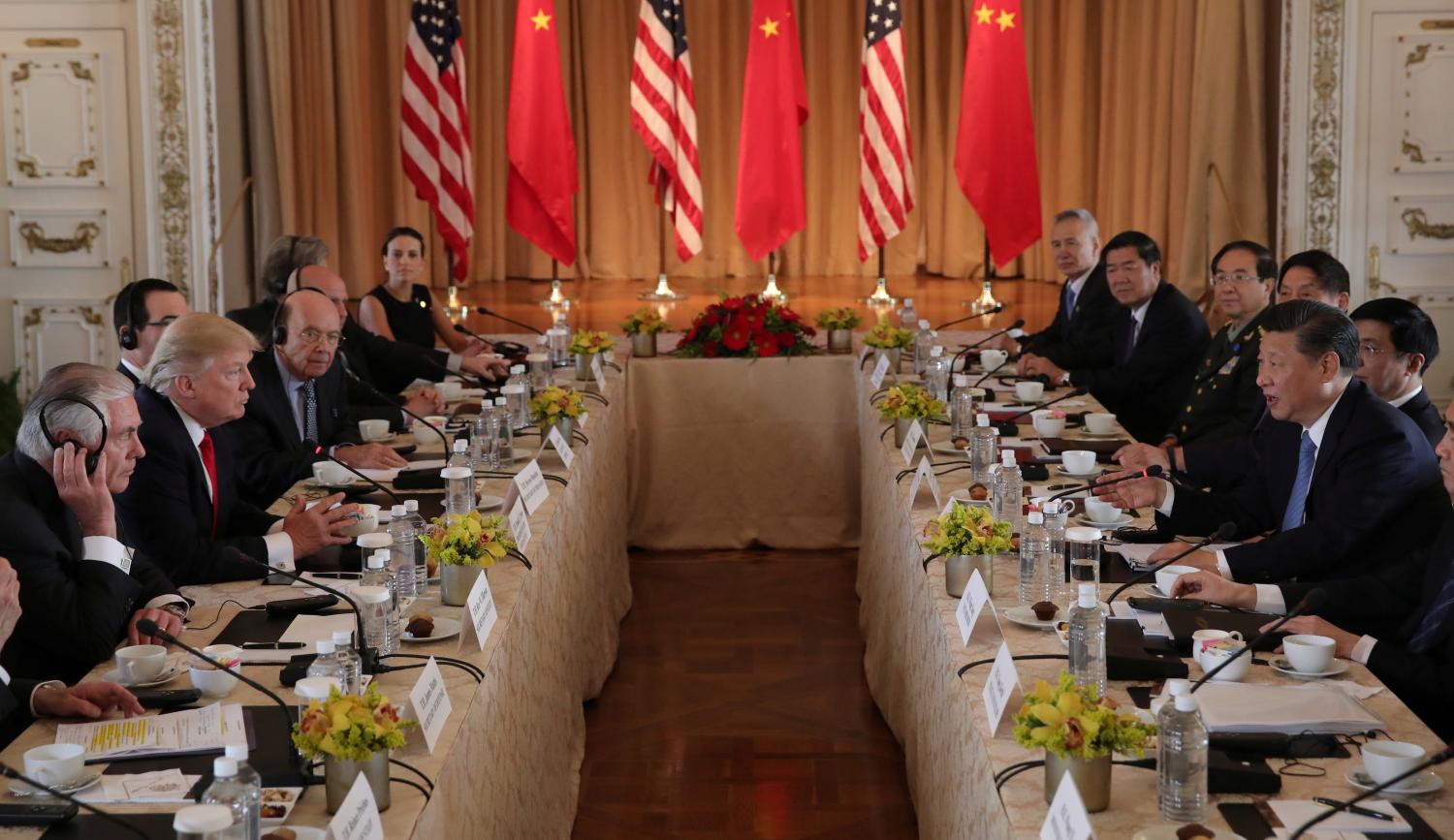
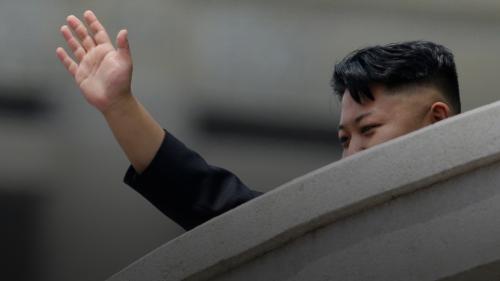
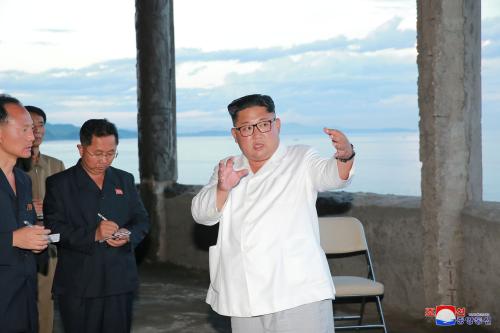
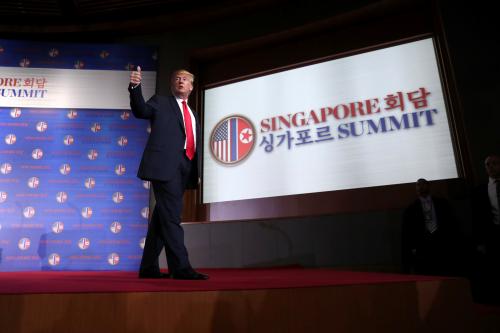


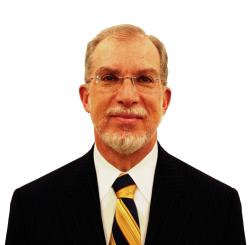

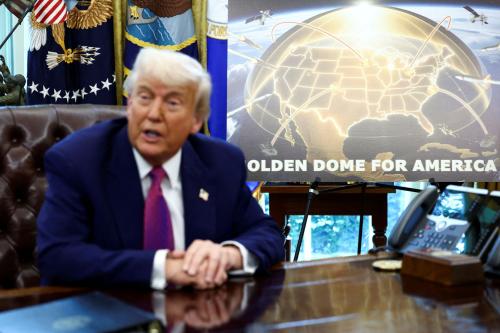
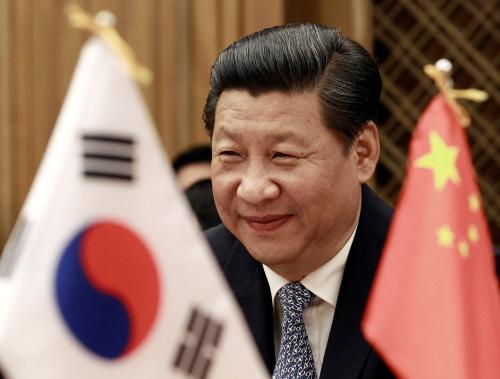
Commentary
What to expect from the second U.S.-North Korea summit
February 8, 2019